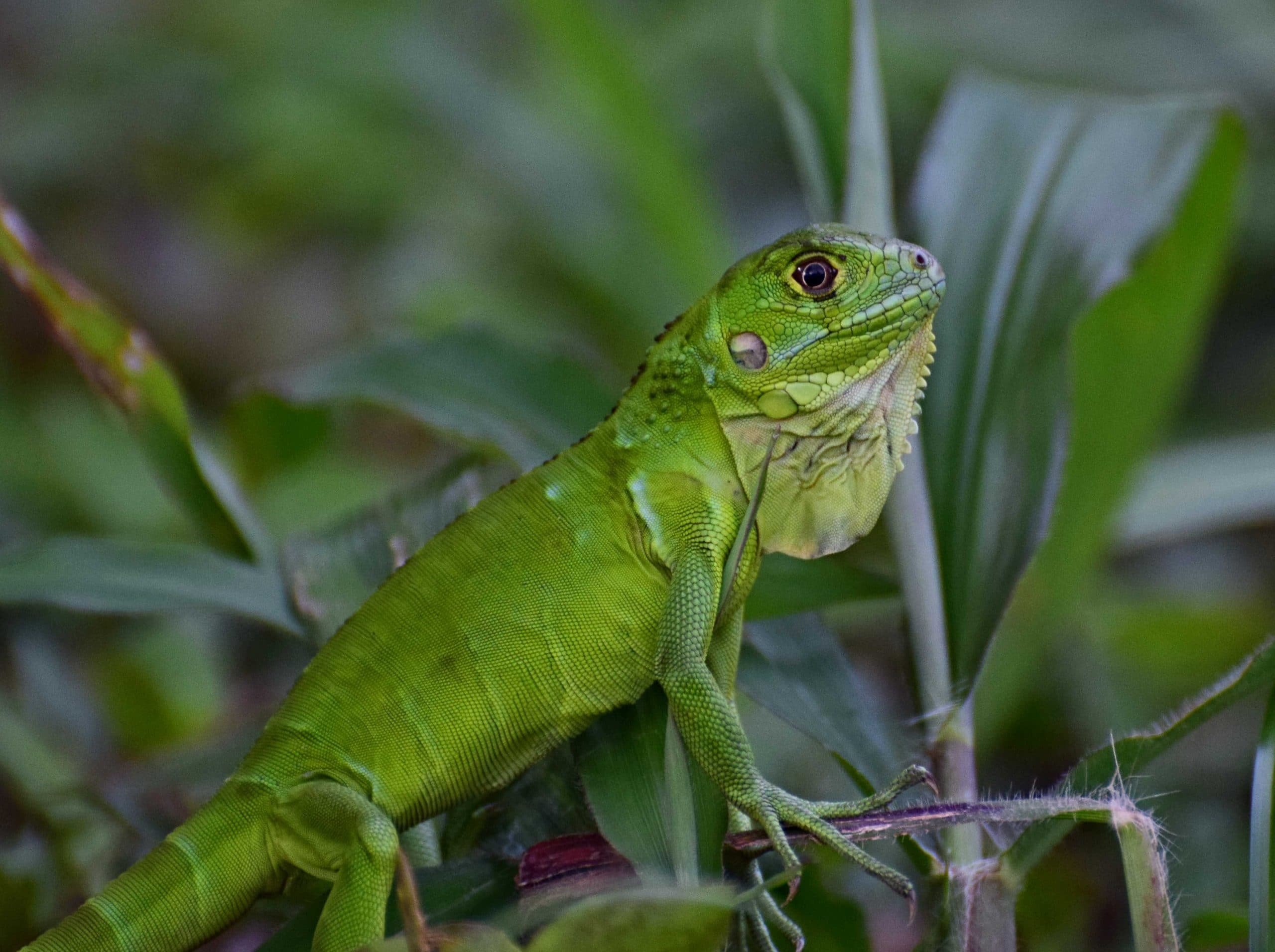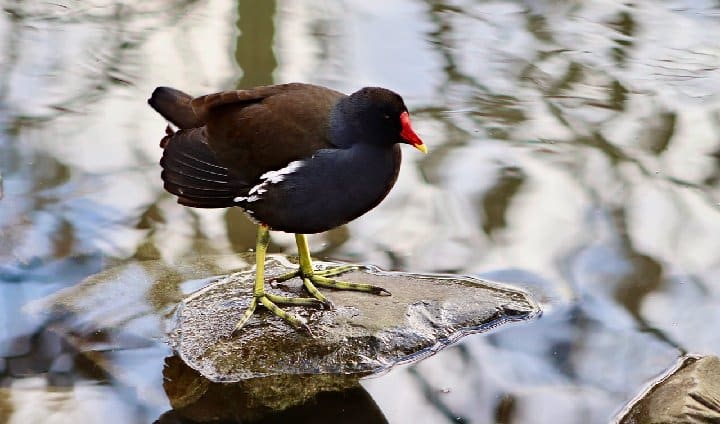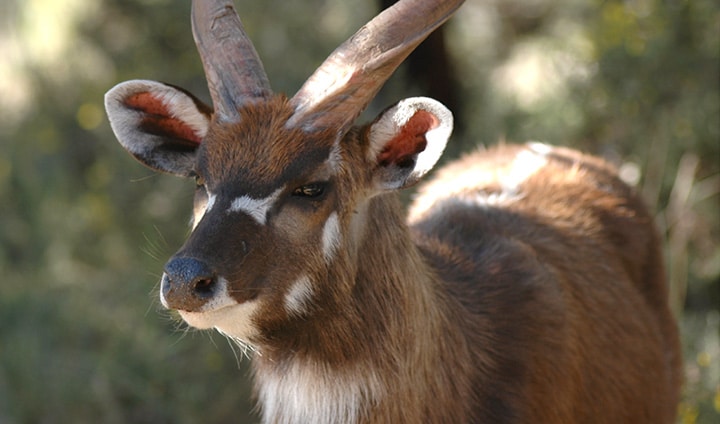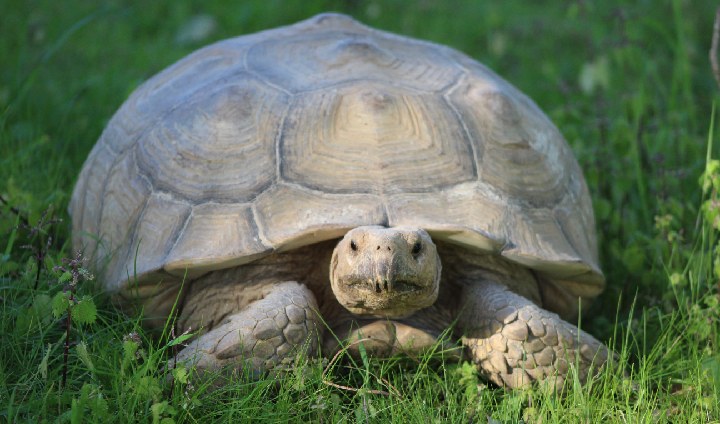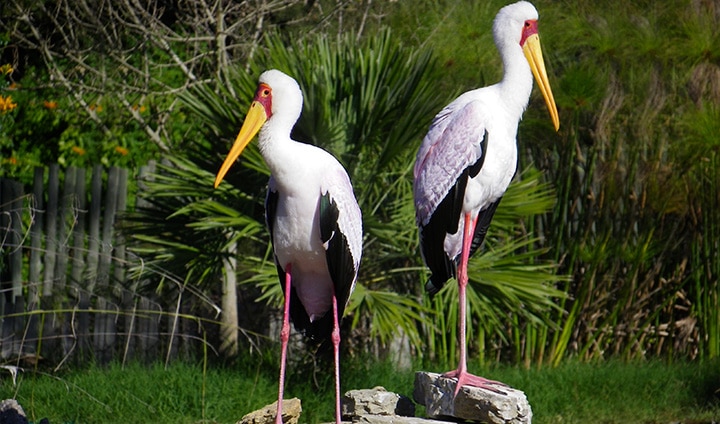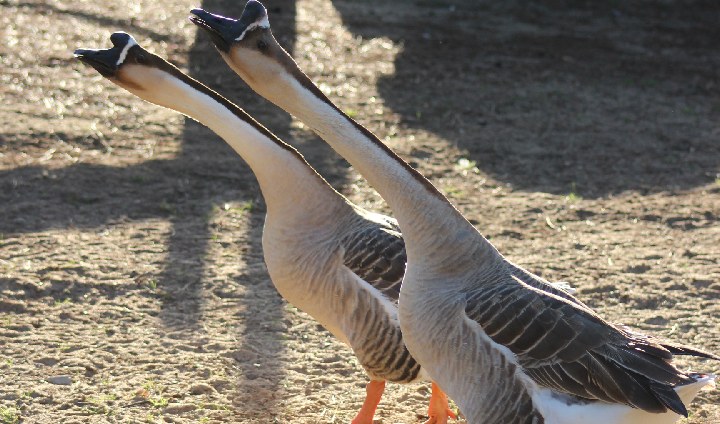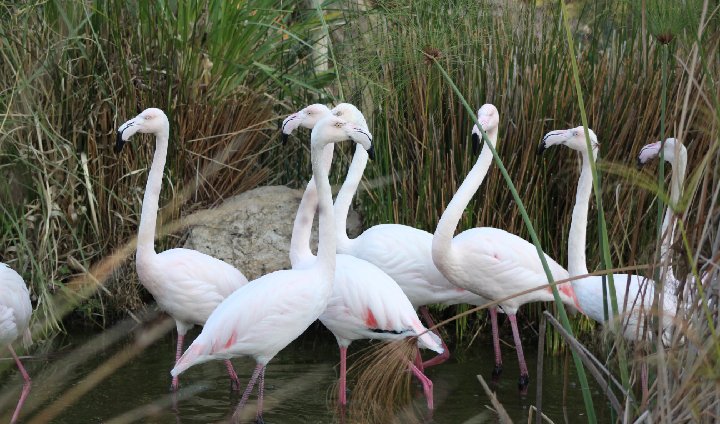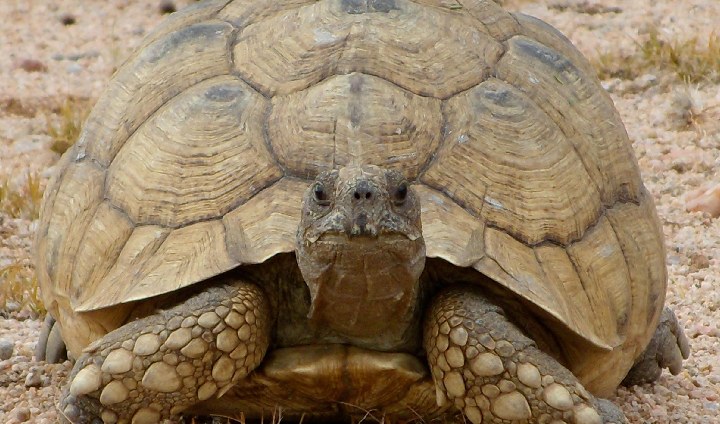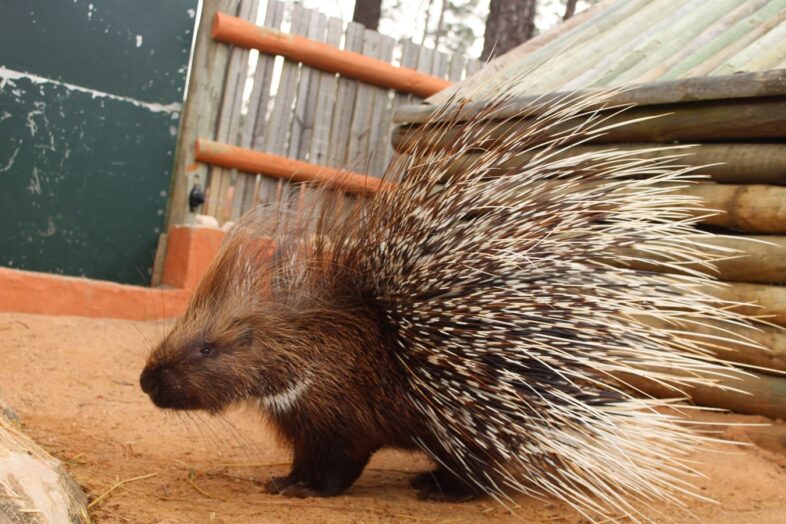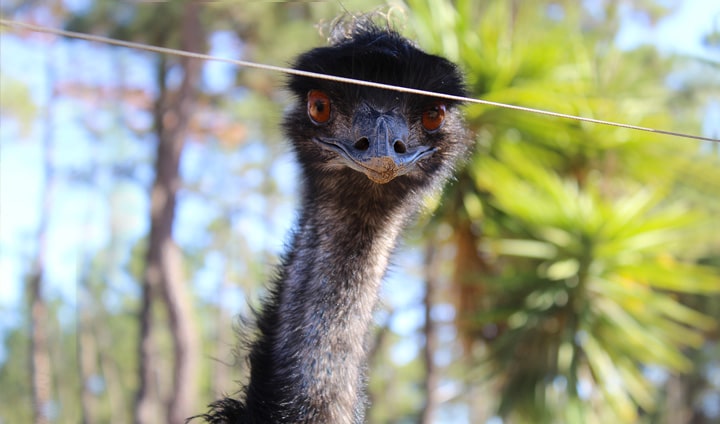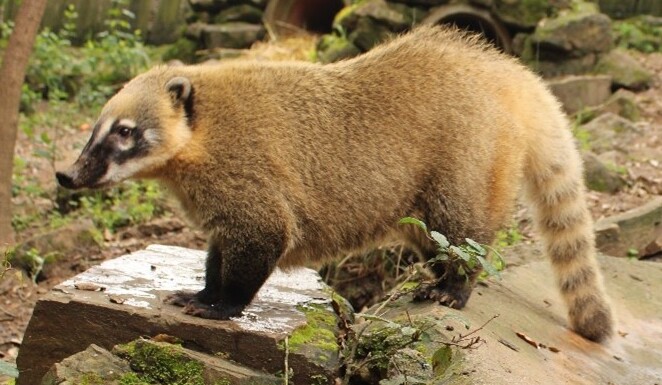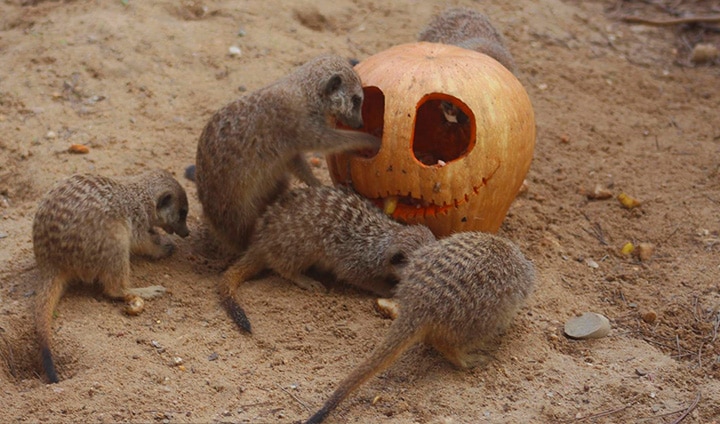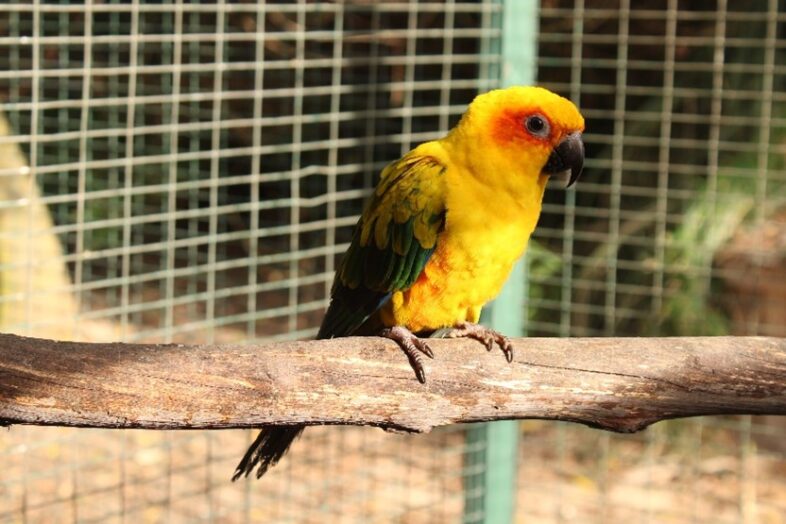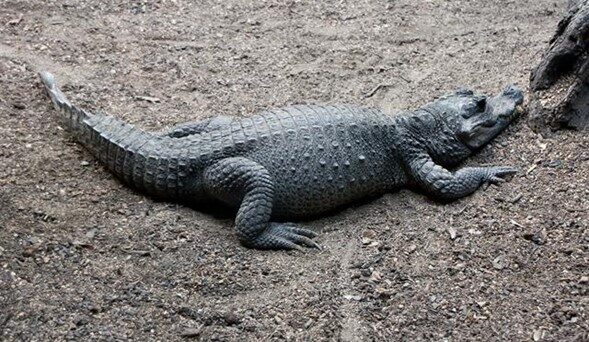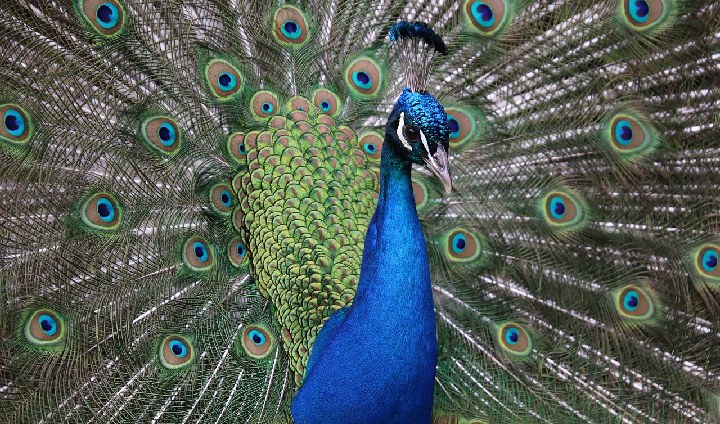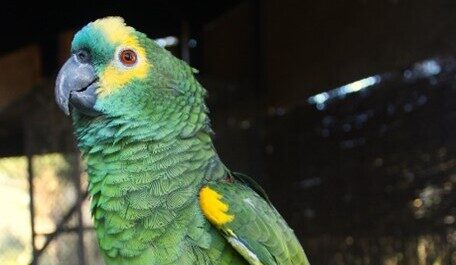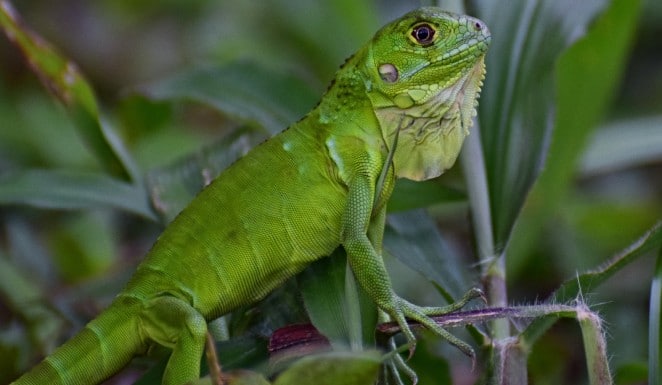Geographic Distribution: Iguanas are found throughout Central and South America, from Sinaloa and Veracruz, Mexico, south of the Tropic of Capricorn in Paraguay and southeastern Brazil. They also inhabit many islands in the Caribbean and in the east coast of the Pacific. They were introduced, by man, in South Florida and Hawaii.
Habitat: Wet tropical forests, in the vicinity of water. They are an arboreal species.
Diet: They are mainly herbivores. They require large amounts of protein in the first 2-3 years of age, so that they have a good growth, therefore, juveniles feed on invertebrates (arthropods, insects), while adults are herbivores. Plants with green leaves or ripe fruits are their favorite foods. They use their tongues to manipulate small pieces of food that they swallow with little or no chewing. Being ectotherms, their body temperature depends on the ambient temperature. Therefore, they feed better at temperatures between 25-35ºC, while lower temperatures tend to reduce their appetite. They may also lose their appetite at the time of skin change and, in the case of females, in the last days of development.
Reproduction: Iguanas reach sexual maturity between 3-4 years of age. They are oviparous and the females lay the eggs in nests (communal or individual) that they make in the soil at about 45-100 cm depth. In the wild, breeding is during the dry season, so that the eggs will hatch in the rainy season, when there is more food available. The postures occur about 65 days after mating and they can deposit between 10-30 eggs during 3 days. The incubation period occurs between 90-120 days. The hatchlings come out of the egg through a tooth, named “caruncle”, which eventually falls just after hatching. Barely born, they are completely independent.
Behavior: They are arboreal lizards that tend to live in the treetops, establishing hierarchical positions in the tree, the more juvenile taking the lower canopy, and the oldest, the tallest parts of the tree. Living in trees allows them to warm up in the sun. They only come down in order to make their nests. Although they prefer forest areas, they also adapt to more open areas. Wherever they live, they always like to have water around, being excellent swimmers and divers, especially when they need to escape predators. Males are quite territorial during the breeding season, they exhibit various head movements, dewlap extension and color changes. Even females in nesting sites can also be territorial and aggressive. They can migrate great distances, especially females, who migrate to the same nesting site each year. When threatened, they tend to flee and hide, but when cornered they defend themselves with rotational movements or tail-whipping movements. Like other lizards, they may lose part of their tail to escape a predator, and it will grow back later.
Conservation Status: Not Evaluated. It belongs to Appendix II of CITES.
Curiosities: Because reptiles are more sensitive to environmental changes than humans, some reptiles, such as iguanas, may be indicators of possible environmental problems before we, humans, can detect them.
Threat factors: although some populations have suffered from habitat destruction, and especially with poaching for human consumption and also illegal trade of exotic animals, green Iguanas are not considered at risk of conservation, at this time.
Scientific name: Iguana iguana
Class: Reptilia
Order: Squamata
Family: Iguanidae
Dimensions: 1,5 – 2 m length
Weight: 4-8 kg
Lifespan in the wild: 8 years
Lifespan in captivity: 10-13 years (average); up to 20 years (maximum)


